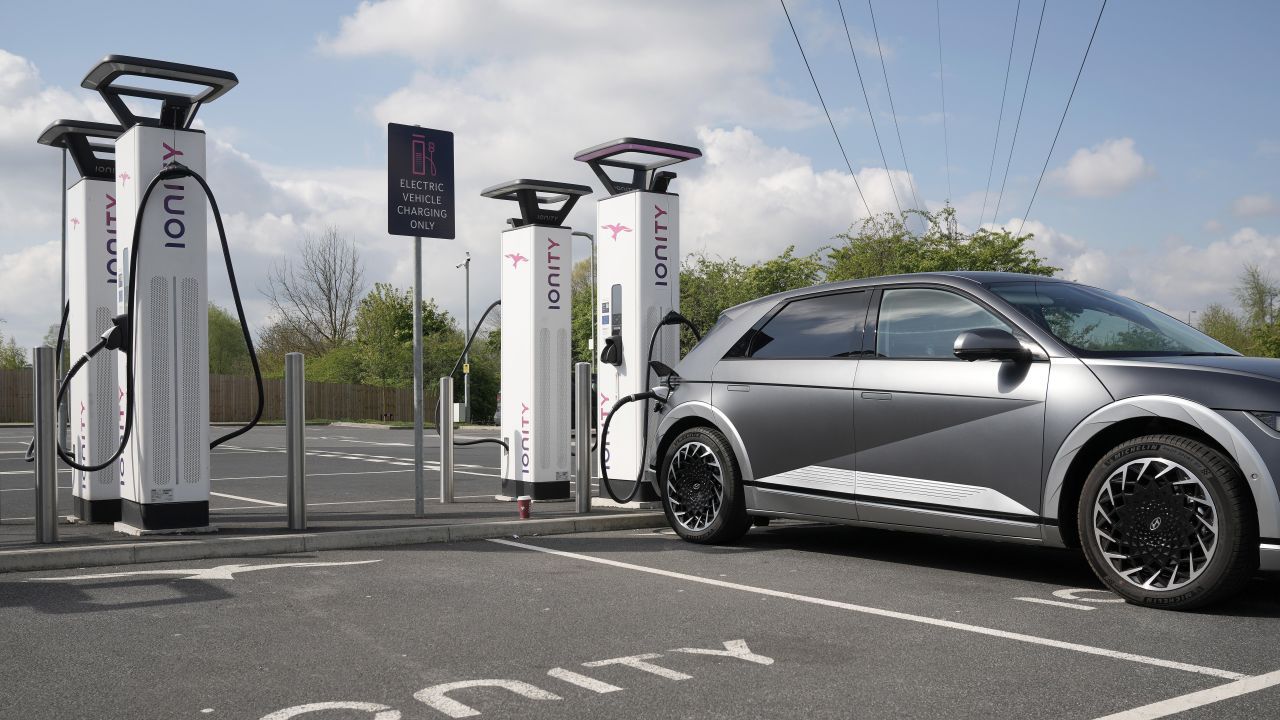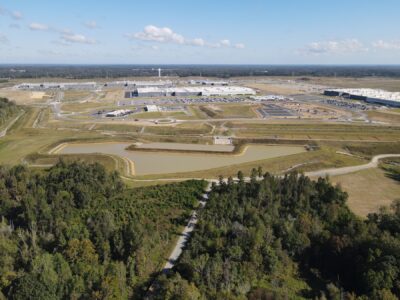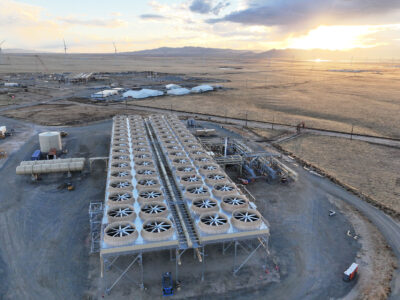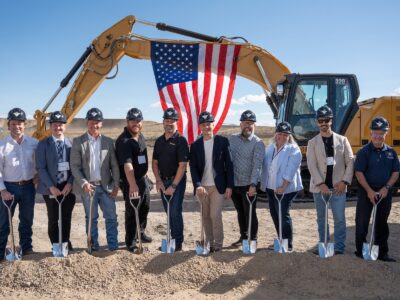At the end of May, the U.S. House narrowly pushed through a budget and tax bill that took a sledgehammer to clean energy tax credits. These include the Section 45X Advanced Manufacturing Production Tax Credit, which encourages the domestic manufacturing of components for the clean energy supply chain, the Section 30D Clean Vehicle Tax Credit, which connects consumers with lower costs for electric vehicles if their battery components are produced or sourced domestically, and the Section 45Y Clean Electricity Production Credit and Section 48E Clean Electricity Investment Credit, which benefit solar and wind projects. The Clean Economy Tracker has collected data about what the House reconciliation bill would mean for Alaska if passed in its current form.
Section 45X and Section 30D
Graphite One’s $1.125 billion Graphite Creek project would qualify for the Advanced Manufacturing Production Tax Credit and the Clean Vehicle Tax Credit, which requires domestic production of battery materials like graphite. The project would become the first operating graphite mine in the country, helping to secure American energy independence and national security in the face of a mined graphite supply chain that was 77% dominated by China as of 2023. Senator Dan Sullivan said, “We must end America’s dangerous dependence on China for critical minerals, which are increasingly necessary for alternative energy sources, advanced batteries, and defense technologies. Alaska can and will lead the way in unleashing America’s resource potential.”
The project would also create 170 jobs for residents of Nome, employing approximately 7% of the labor force in an area where unemployment is 50% higher than the national average. Graphite One has also committed to local workforce development partnerships and training programs.
The House reconciliation bill would phase out the Advanced Manufacturing Production Tax Credit for wind components after 2027 and all other components after 2031, and would repeal the Clean Vehicle Tax Credit after 2025. Graphite One would qualify for the manufacturing credit and would help meet demand for domestically-sourced critical minerals spurred by the clean vehicle credit. Their elimination could put this project in jeopardy, along with the associated job creation and community investment. On the other hand, maintaining them will bolster the state’s industrial and manufacturing sectors when its top private employer, the seafood industry, is suffering after a 50% drop in profitability in 2023.

Photo Courtesy Graphite One Inc.
Section 45Y and Section 48E
Alaska currently has 690 MW of operating clean power capacity, with plans for 29 MW of hydroelectric generation. For example, Juneau Hydropower’s 19.8 MW Sweetheart Lake Hydroelectric Facility is currently under development, promising to increase Juneau’s energy supply by 25% when it begins production by 2028.
The House reconciliation bill would phase out both the Clean Electricity Production Tax Credit and the Clean Electricity Investment Tax Credit after 2028, to be finished before 2032. However, eliminating these Section 45Y and Section 48E tax credits would diminish companies’ ability to build and produce clean energy, jeopardizing these projects and the associated construction and operations roles.

Photo Courtesy Juneau Hydropower
Alaska and the rest of the country will suffer without these tax credits. If the bill passes, Energy Innovation estimates 830,000 jobs will be lost nationwide, particularly impacting Republican districts, where 80% of domestic clean energy projects have been built. Consumers would see energy bills that are 50% higher and would pay $33 billion more per year. The national GDP is expected to drop by $1.1 trillion by the decade’s end.





